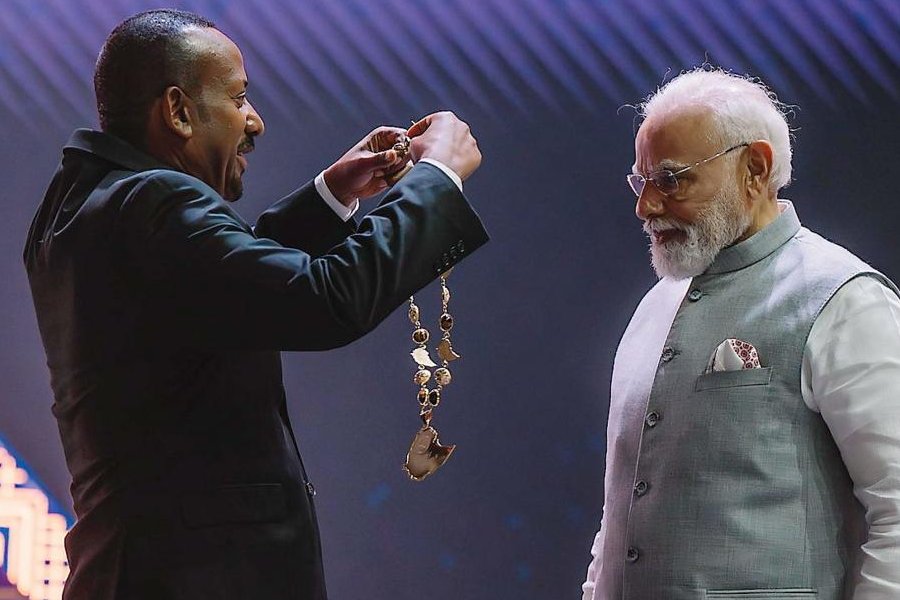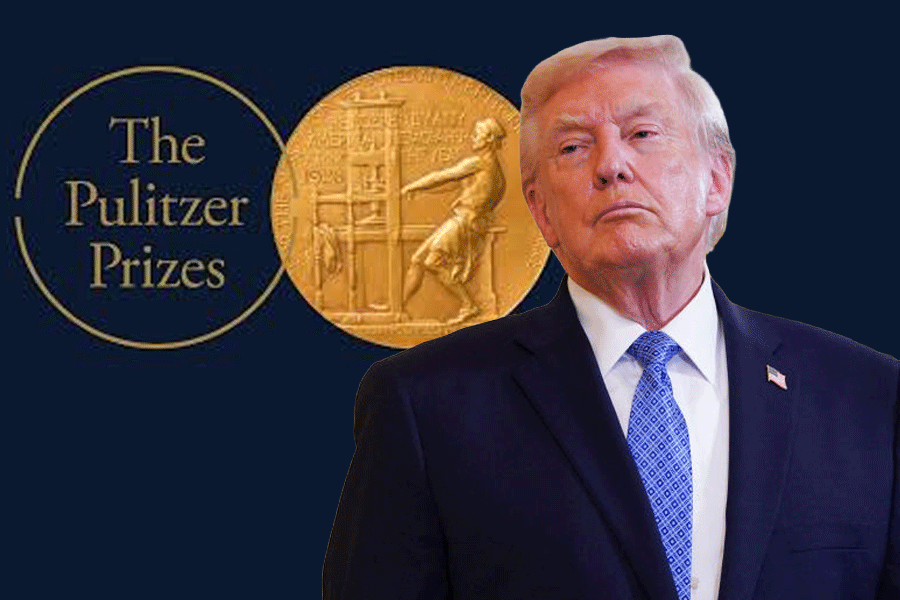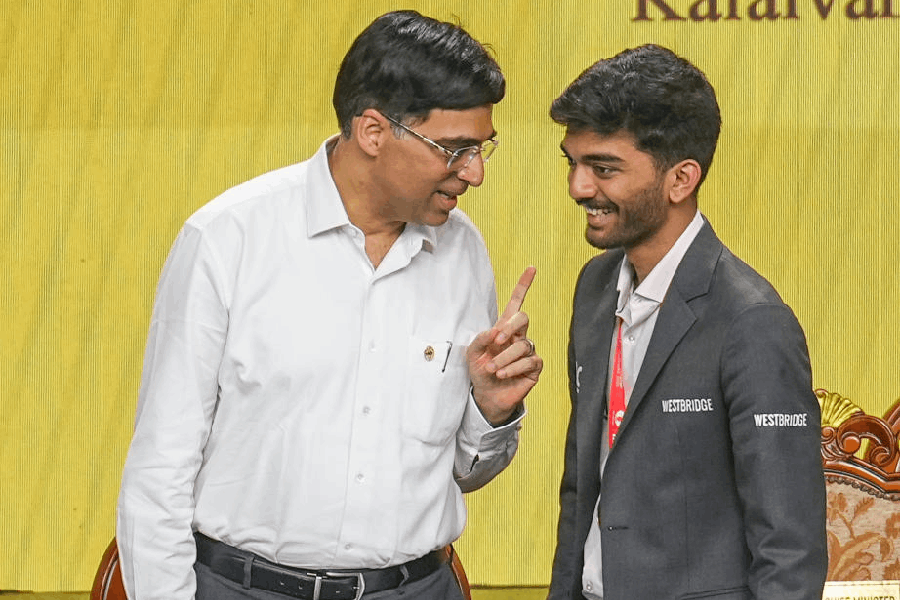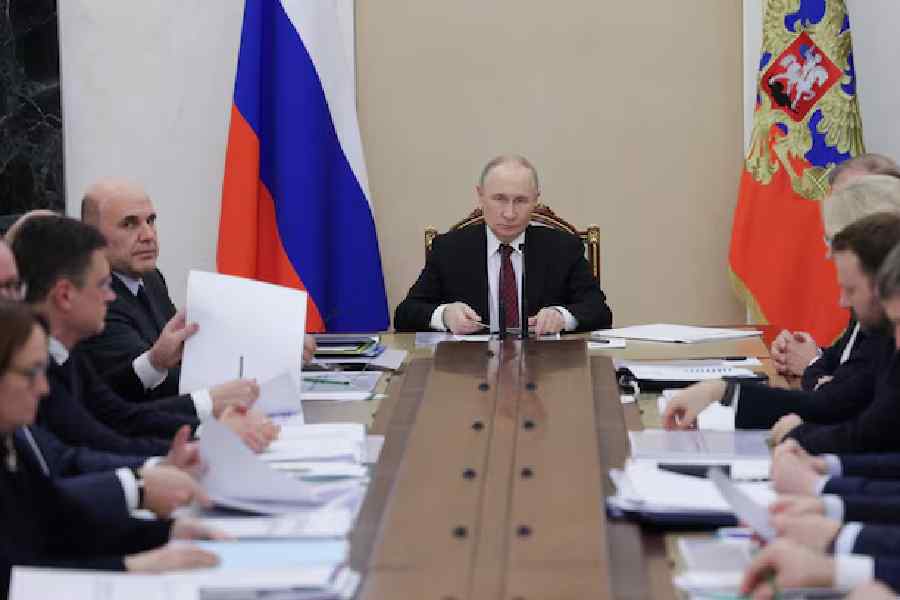UK automakers who were hoping for an accelerated entry into the Indian market are now complaining that they won’t be speeding along India’s roads in large numbers anytime soon.
The long-awaited India–UK free trade agreement has put strict quotas on how many automobiles can be imported at reduced tariffs. Even these will apply mainly to luxury models for several years.
Initially, tariffs will remain high — between 30 and 50 per cent — with meaningful reductions only expected by 2031, when duties on a capped number of cars will fall to 10 per cent.
Even those long-term benefits come with tight limits. UK manufacturers will be allowed to export only about 4 per cent of their total annual petrol and diesel vehicle production to India at the lower rate.
After that, the quota could shrink even further, making it unlikely that British carmakers will reach anywhere near the ceiling.
“The quota is yet to be set officially and could be quite low. Beyond the quota, the full tariff applies,” says David Bailey, automobile industry expert and professor of Business Economics at Birmingham Business School.
Even Jaguar Land Rover (JLR), owned by the Tata group, is unlikely to benefit meaningfully in the near term. Its bestselling and extremely popular Defender model is produced at its state-of-the-art manufacturing unit in Nitra, Slovakia.
As the vehicle is not manufactured in the UK, it doesn’t qualify for the reduced duties under the India–UK trade deal.
At present, all the Defender models are imported into India as completely built units from Slovakia, and are thus subject to steep duties that add considerably to the costs. All the Defender models arrive on India’s roads at prices well over Rs 1 crore. Only the Range Rover and the Evoque are manufactured in the UK.
UK manufacturers had hoped the Indian automobile market would be thrown wide open for them. Instead, they face a system with hefty taxes, a central government cess, and GST to boot.
The slow phase-in of reduced tariffs and the rigid quota system have come as a disappointment to those who had expected quicker gains from the post-Brexit trade agreement.
The small field of winners from the deal will be makers of electric and hybrid vehicles. Tariff reductions in this category have been aligned with India’s long-term clean energy transition goals.
However, the benefits are again tightly limited: only top-of-the-market brands like Bentley and JLR are eligible, and only for models priced above £40,000.
Bentleys are mostly made in Britain at the company’s Crewe factory, but the bodies of some models like the super-premium Bentayga are brought in from Germany.
Meanwhile, even for EVs, there are no benefits for lower-end models. The government’s strategy is clear: it wants to protect and grow its domestic electric vehicle market, which focuses on affordability.
Allowing tariff-free entry of British-made lower-end EVs would risk undercutting Indian firms like Tata and Mahindra, which dominate the mid-market segment.
Says one Indian manufacturer: “It’s a calibrated deal with benefits for luxury car imports over time. Indian automakers are not operating in that segment.”
Despite the constraints, the agreement may benefit British EV makers in the long term, particularly those focused on the luxury electric or hybrid niche. As India anticipates rising demand in the high-end EV sector, UK firms could gain early positioning if they act now.
But some industry observers caution that the deal may yet fall short of its promise. Changes to India’s regulatory landscape — such as new safety or emissions standards, or the introduction of non-tariff barriers — could limit market access.
There’s also a risk that political shifts in London or Delhi could prompt a renegotiation of the terms, or even a reversal.
Given the constraints on both pricing and volume, British manufacturers still eager to enter the Indian market may need to explore other avenues. One likely route is investment in India itself — whether through local assembly plants, parts manufacturing, or joint ventures with Indian firms.
These options would allow them to bypass tariffs entirely, align with India’s “Make in India” initiative, and mitigate future trade frictions.
JSW, for instance, has partnered with Chinese carmaker SAIC and currently holds a 35 per cent stake in the company that makes the MG brand in India, offering one potential model for how UK firms might establish a presence. JSW is also looking at a tie-up with Geely, the Chinese EV manufacturer.
As things stand, however, the road ahead for British carmakers in India looks to be more congested than open.











